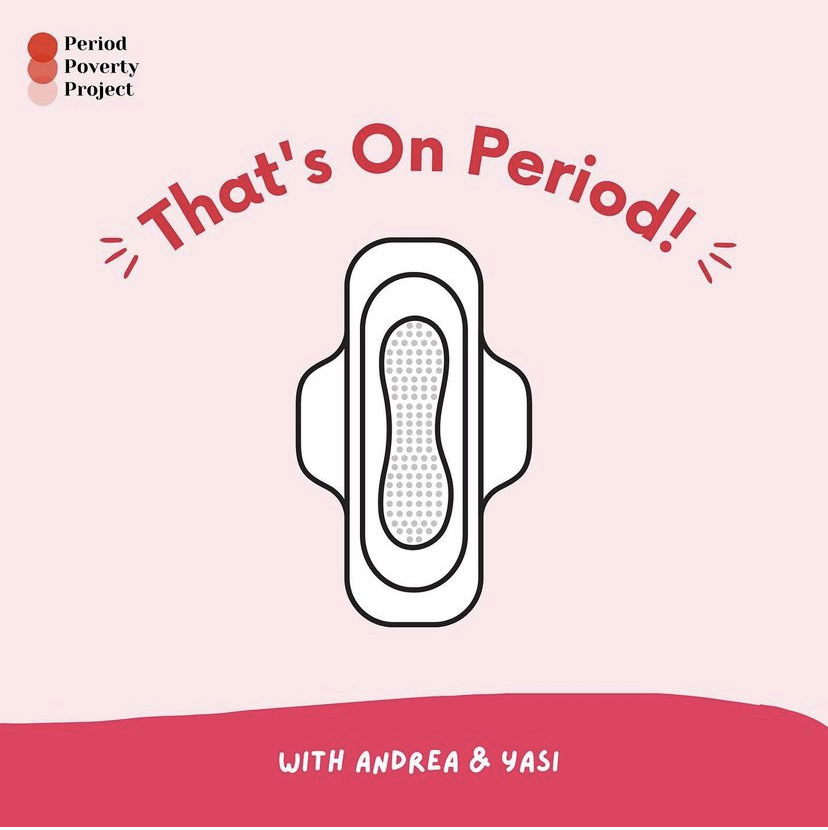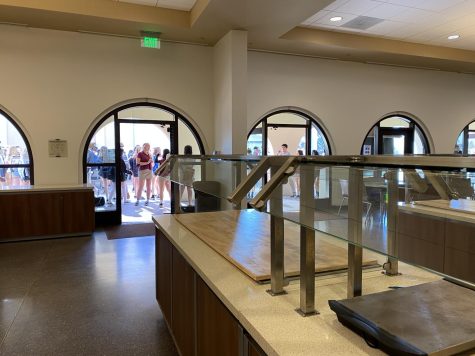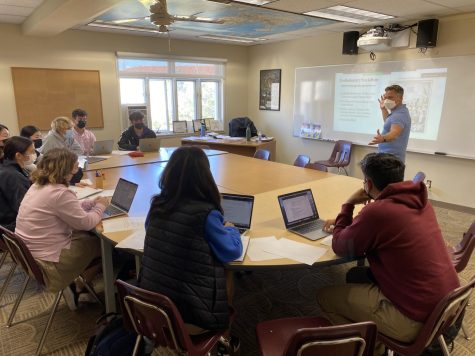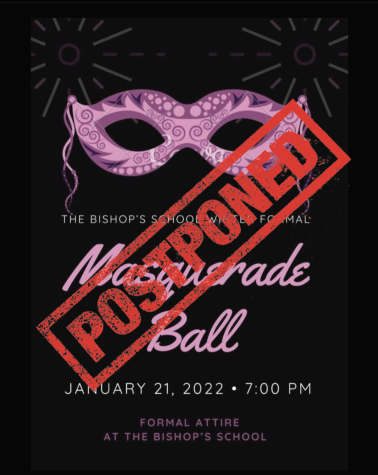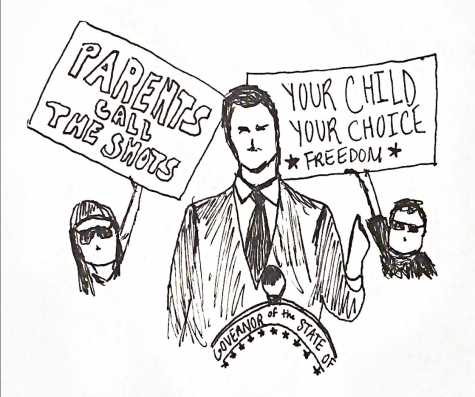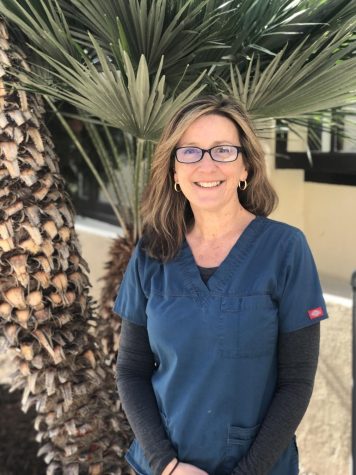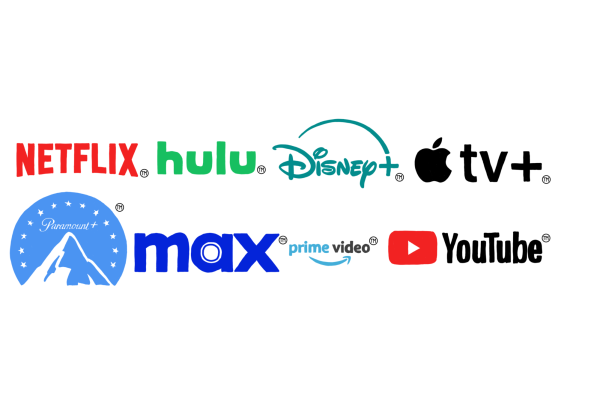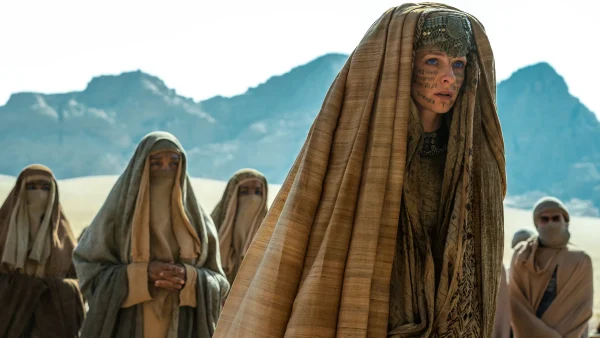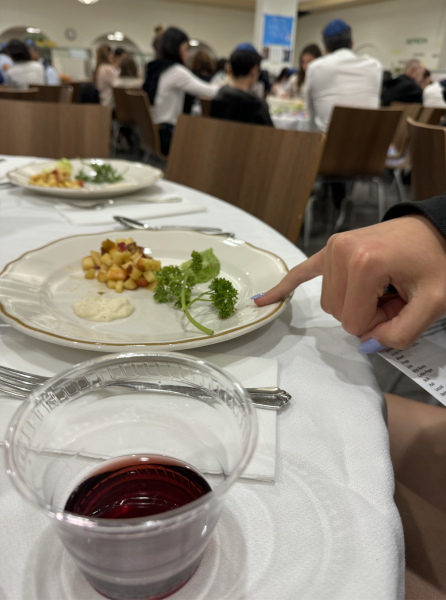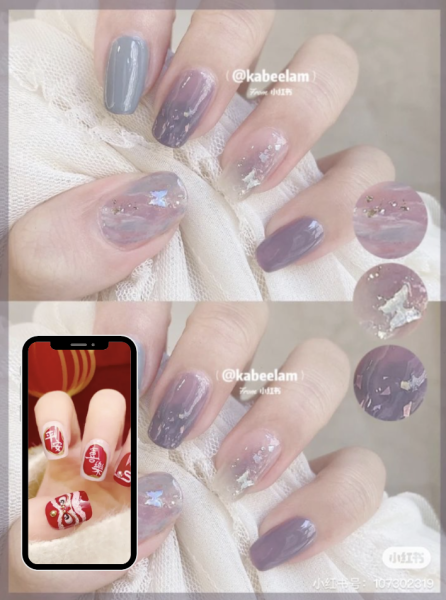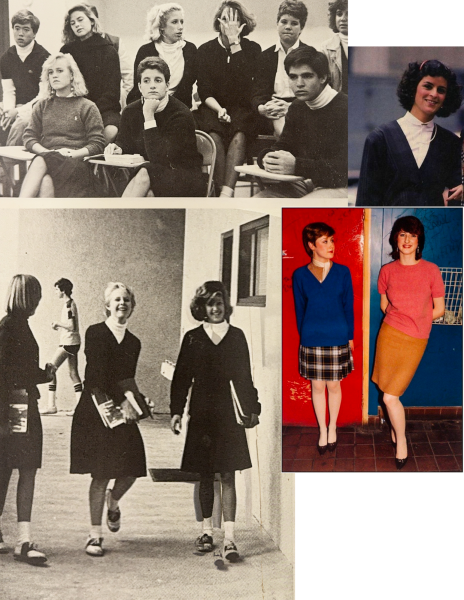Pandemic Podcasts
How COVID-19 led to a spike in a relatively new form of media
Podcasts surged into the cultural spotlight over the course of the past decade. First hearing about them, you might’ve thought “That’s not for me,” or “Why would I consume something that’s basically TV without the video?” But chances are, at some point in your life, you’ve listened to a podcast. The most popular of all time and the first of many true crime podcasts, Serial, had been downloaded over 340 million times in March of 2019. Other uber-popular podcasts include This American Life, Crime Junkies, and The New York Times’ The Daily. And during the past year and the pandemic, podcast listenership did nothing but rise.
Maybe it’s the endless hours stuck in the house, maybe it’s the need for something to listen to after SoulCycles closed and people turned to walking through their neighborhoods, maybe it’s the absence of TV shows as filming went on hiatus indefinitely; more likely it’s a combination of the three. Regardless, 41 percent of the United States population over age 12 listened to podcasts on a monthly basis.
As comedians and influencers and even everyday people were confined to their homes, the number of podcasts being created shot up too, likely because they can be recorded remotely. In 2018, 18.5 million podcast episodes were available, compared to 43 million in February of 2021. Andrea Rix (‘22), who co-founded a podcast during the pandemic, explained, “I kind of considered it a dead form of media until I was stuck at home and looking for something slightly educational but still interesting to listen to while doing the dishes or cleaning my room.”
They were like a form of social interaction when trips to the mall, in-person conversations, and going out for dinner were all noticeably absent from life. “The best podcasts feel super intimate and welcoming,” said longtime podcast enthusiast Marianna Pecora (‘22). “If hosts and guests can be honest and vulnerable enough to draw you into the conversation and make you feel like a part of it, they’re going to make you want to come back.” For this conversational feel, she recommended Athena Calderone’s More Than One Thing—a creative, successful, and multi-careered woman interviewing others in a discussion about finding one’s path—and Gilmore Guys—two fans of Gilmore Girls discussing the show and often bringing on comedians or interviewing members of the cast and crew.
As last year passed and the ever-growing pressure on the presidential election mounted, podcasts could feel like another way to consume that media and educate oneself. “Podcasts shifted away from being a source of entertainment,” Marianna pointed out. “[They shifted] into being an accessible way to stay informed about the pandemic and gain a greater understanding of our political systems.” Lately, she’s enjoyed Pod Save America—progressive political discussion—and Unholier Than Thou—an evaluation of the role of religion in everyday life and politics.
And Marianna isn’t alone. Several months into the pandemic, the tension of the election was mounting and the murders of Breonna Taylor, Ahmaud Arbery, and George Floyd were sparking a resurgence in the Black Lives Matter movement. At this time, podcasts about race and politics appeared in the Apple Podcasts Top 10 alongside the usual crime and lifestyle ones. One example was 1619, a New York Times podcast that aimed to “reframe the country’s history by placing the consequences of slavery and the contributions of black Americans at the very center of our national narrative.” Other podcasts included Crooked Media’s Pod Save the People, and NPR’s Code Switch. The latter became one of NPR’s most popular podcasts last June amid national protests for justice for George Floyd.
Some Bishop’s students and teachers have also started incorporating podcasting into different aspects of school. “I’ve incorporated more podcast episodes into the psychology curriculum this past year,” History and Social Sciences Chair Ms. Karri Woods explained. “During the pandemic, one challenge was finding ways to engage my students in ways that did not require keeping them on Zoom all the time, so occasionally I would have them listen to a podcast episode during our scheduled class time and I would encourage them to take a walk around their neighborhood while doing so to break up their morning. I would also instruct them not to worry about remembering everything that was said in a given episode, but instead track three or four striking moments or insights and jot them down when they got back.” Ms. Woods became interested in podcasts prior to the pandemic, while looking for something to entertain and educate her while she walked or exercised.
“[As a teacher], I first started using podcast episodes as supplemental texts in Honors Psychology,” she explained. “And what I noticed is, it’s a course about human behavior and we look at it oftentimes from an academic viewpoint.” She explained how much of the course was based around reading: something necessary for a science-laden course but also overwhelming clinical. “Many of the readings focus on explaining psychological concepts and research trends, which are fascinating, but can sometimes feel abstract and distant. Podcasts offer an opportunity to infuse concrete, illustrative examples into our discussions.”
For example, her students read about the features of a particular mental health disorder and then listen to a podcast interview with someone who is living with the disorder. “These interviews tend to humanize our conversations and shed light on individual experiences and differences…personal stories put the clinical descriptors into context…; they help bring that to life.” The conversational feel of these audio transmissions in a way feels like a Harkness discussion, alluding to Bishop’s’ general philosophy of having more than one clear answer.
Some of Ms. Woods’ favorites for the clinical psychology unit include Inside Schizophrenia, The Hilarious World of Depression, and Tremendous Upside. “I think that hearing an individual talk about their experience with a particular mental health condition is valuable because it reminds us that these individuals are more than their diagnosis…The interviewees often talk about agency and support, and our hope is that students will take these insights to heart as they navigate challenges in their own lives.” Ms. Woods explained.
And the podcast fervor has impacted the personal and extracurricular lives of students as well. Andrea Rix and Yasi Henderson (‘22), co-presidents of the Period Poverty Project (PPP) club, even started their own podcast (as mentioned earlier). Alongside the goals of collecting period products and working in conjunction with local women’s shelters, PPP works to destigmatize conversations about menstrual health. Their motto: “It’s not awkward unless you make it awkward.”
They wanted to further this mission even more, and because of the pandemic, they felt it would be easy for people to consume this media. “We decided to start our own podcast, That’s On Period!,” Andrea explained. When asked why they chose a podcast, Andrea said they believed it would require less time and be easily consumable. “[Podcasts have] less of a focus on looks or appearances and more focus on the actual content.”
They’ve released several episodes; they’ve debunked “Menstrual Myths” and have shared their own period stories. “Our goal is to get people comfortable talking about periods and to debunk the social stigma surrounding menstruation,” Andrea explained in the podcast trailer. They’ve hosted various guests: Jack Hertz (‘22) and Parviz Henderson in their series “Guy Talk.” They found out how much the guys knew and talked about periods and answered some of their questions. “That’s the goal—to make it an open topic of conversation,” Andrea said.
One question people might ask is: how far upwards is this upwards trend? According to Vulture, the rising podcast listeners generated by the pandemic are still rising, even a full year after the start of lockdown. So could podcasts replace other forms of media, like TV? In my eyes, probably not because they’re so different. Podcasts are the media for walking around the block, driving to work, cooking oatmeal. TV can be a late night with family, sprawled across the couch. But, throughout the past year, people may have watched enough TV to last a lifetime. In a post-pandemic, 24/7 society where people have a year of social interaction to make up for, podcasts might be the new, and only, way to consume media. Only time will tell.
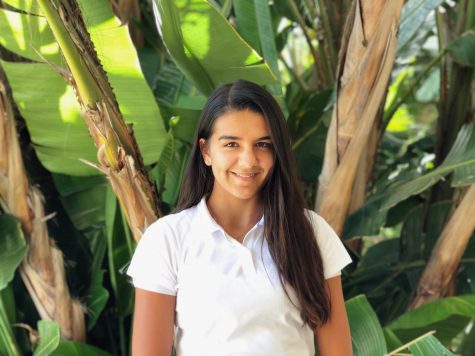
Clare Malhotra was born in Boston, Massachusetts and moved to La Jolla at age nine. She is currently a senior, and this is her third year on The Tower....


